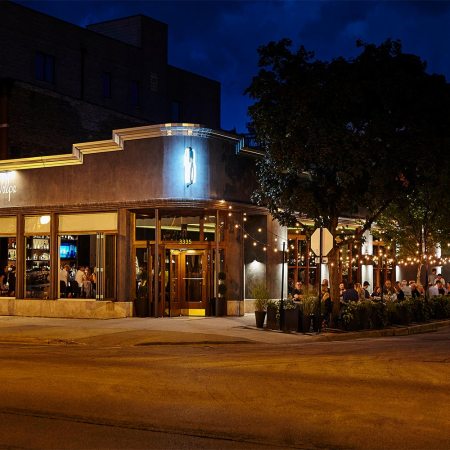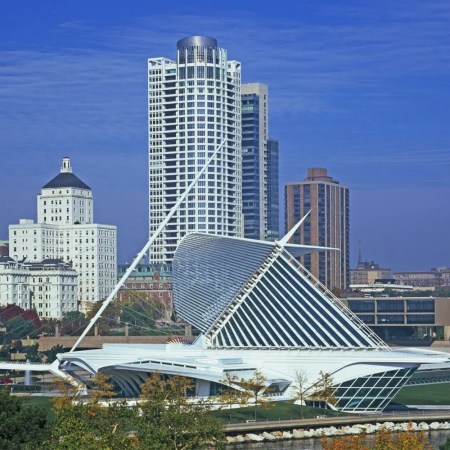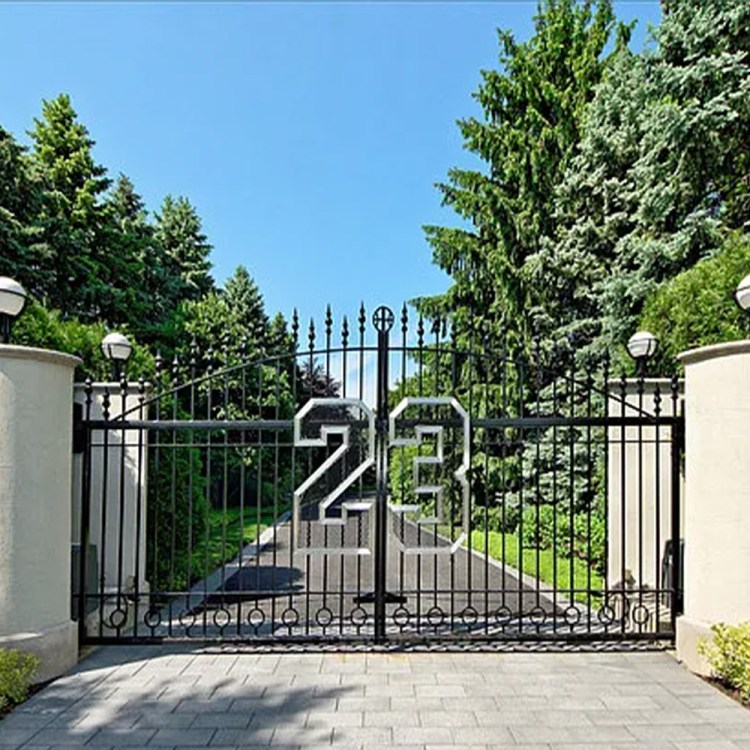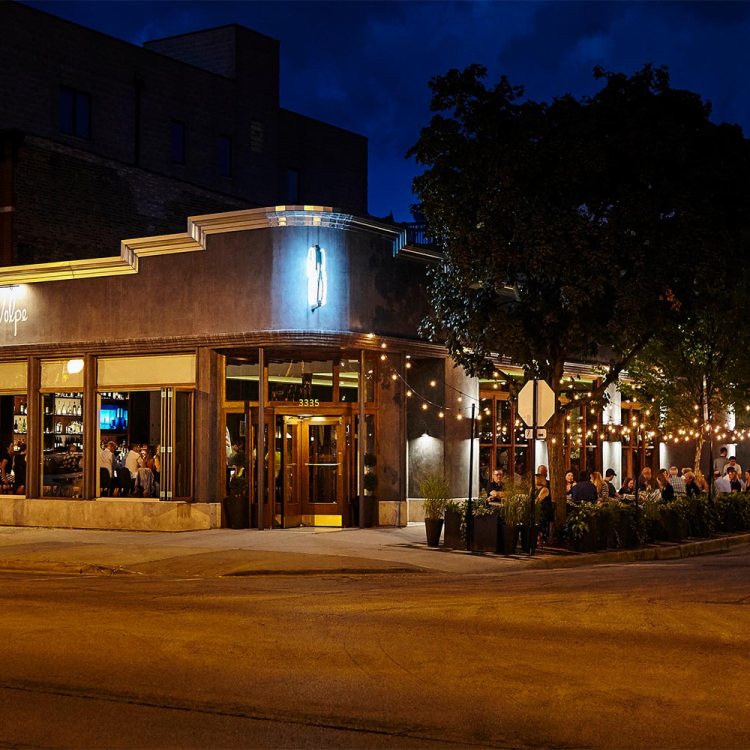For all of its vaunted status as an architectural capital, Chicago has never been shy about tearing down significant structures. Frank Lloyd Wright’s Midway Gardens bit the dust in 1929. Burnham and Root’s Masonic Temple (1892) came down a decade later. In the 1960s and ’70s — when one would think folks would have a better appreciation for great buildings of the past — things were tumbling left and right. The Cable Building, a Chicago School classic by Holabird & Roche, was razed in 1960; Henry Ives Cobb’s Federal Building, which was topped with a dome bigger than the U.S. Capitol’s, followed in 1965.
“I saw buildings coming down every few months or so,” says David Hanks, who was curator of American decorative arts at the Art Institute around that time. So did Richard Nickel, a passionate, camera-wielding preservationist who documented the destruction and pressed hard to keep the wrecking ball from swinging. The work of Louis Sullivan was Nickel’s special passion, and with Capturing Louis Sullivan: What Richard Nickel Saw, on view at the Driehaus Museum August 26 through February 19, Hanks offers a review of one man’s tireless and tiring campaign.
Although the museum’s home — the 1883 Nickerson Mansion, with its Italianate profile and heavily marbled interior — was old school by the time Sullivan and his partner, Dankmar Adler, hit their stride with such projects as the Auditorium Building, as a survivor it’s a very apt venue for the show. Comprising dozens of photographs and architectural fragments from various collections (including pieces Nickel salvaged himself), the exhibition is a compelling look at a lost Chicago and an engaging glimpse at a man who spent nearly two decades devoted to the work of Adler and Sullivan — and who died on April 13, 1972 at the age of 43. Tim Samuelson, now Cultural Historian Emeritus of the City of Chicago, had planned to meet Nickel that day at what remained of Adler and Sullivan’s recently razed Stock Exchange Building, but Nickel never appeared; his body was found 26 days later under collapsed beams in the basement.
The son of second-generation Polish Americans, Nickel was raised on the West Side and later in Logan Square. His father, who drove a truck for the Polish Daily News, introduced him to photography in a darkroom he maintained in the basement of their three-flat. Samuelson describes the adult Nickel as plainspoken, with a wry sense of humor. “He was firm in expressing displeasure with adverse situations, but he wasn’t one to aggressively yell or passively whine,” recalls Samuelson. “When discussing even the most egregious adversary, he’d typically just look down, shake his head and say, ‘What a jerk.’”
Nickel studied with photographer Aaron Siskind at the Bauhaus-inspired Institute of Design and got hooked on Adler and Sullivan in the mid-1950s, when he joined a team Siskind had assembled to fully document the architects’ work. Nickel took such a deep dive into the subject that Siskind put him in charge. Impressed with the scale of the assignment, Nickel knew he was up against a near impossibility and a decade later he lamented, “I’m just so tired of seeing Adler and Sullivan work defaced, demolished. I’ve witnessed it and been involved…so, so long, I’m at the end of the road.” (The Complete Architecture of Adler and Sullivan was published in 2010.)
As the urban renewal juggernaut of the 1960s rolled in, Nickel stepped up, organizing a campaign (and picketing) to save Adler and Sullivan’s Schiller Building, which housed the Garrick Theater. He later went to bat, most notably, for their Chicago Stock Exchange. When efforts failed, he made prodigious attempts to capture these buildings in photographs and to retrieve Sullivan-designed ornament, from capitals and spandrels to fireplace panels and elevator grilles. Capturing Louis Sullivan is a tightly edited testament to Nickel’s determination. A photo showing the Cyrus Hall McCormick residence coming down graphically conveys the violence of demolition. An image of a more modest Sullivan-designed home reveals how it maintained a neighborliness with the houses on either side before it was razed. The architectural fragments, beautiful but discomforting divorced from their context (like traces of a crime scene or remnants of a natural disaster), are stunningly inventive constructions of line and form spun from hard geometric shapes and fluid, nature-inspired patterns.
Nickel didn’t mince words when city officials didn’t see things his way. In a letter to the landmarks commission, he asserted, “It made my blood boil…that our Mayor can be so lacking in imagination, sympathy, and especially the wisdom to take advice!!!” But he was a good mentor to Samuelson, who has loaned considerably to the exhibition.
“When Richard would take me to a building that I had never seen before, we’d get out of the car and look at it quietly without saying anything at all,” he remembers. “When we were having lunch afterwards, or he was driving me home, we’d just quietly talk about it. He would never, ever pontificate or try to convince me of anything.”
Important buildings may not fall as frequently as they once did, but for every Thompson Center (which could have come down if Google hadn’t stepped in and bought it for a song), there’s Bertrand Goldberg’s Prentice Women’s Hospital, which was demolished in 2013. As Nickel once said, “Great architecture has only two natural enemies: water and stupid men.”
This article was featured in the InsideHook Chicago newsletter. Sign up now for more from the Windy City.






















